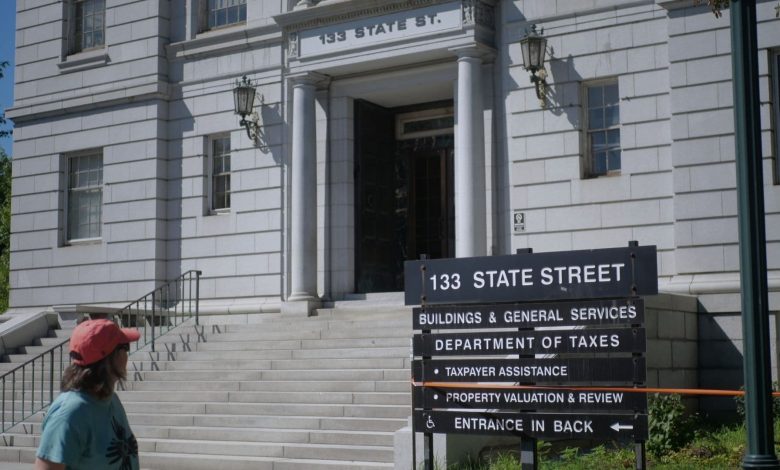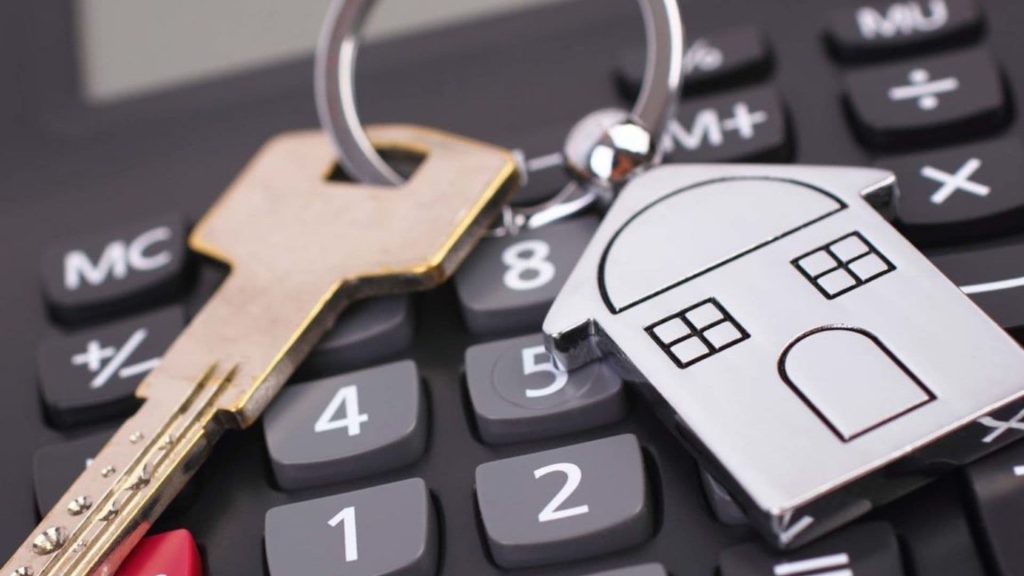
If you’ve ever asked yourself, “How do I calculate property tax in Vermont?”, you’re in good company — and you’re asking the right question. Understanding how Vermont property taxes work can help you budget smarter and avoid surprises when tax season hits. The Vermont property tax system may sound complicated at first, but it actually follows a clear formula based on assessed property value, local tax rates, and education funding rates. These property tax rates are set by both the Vermont Department of Taxes and your local municipality, combining to create what’s called the equalized property tax rate. Homeowners across Vermont — from Burlington to Brattleboro — use this formula to estimate their annual tax bills and plan ahead for expenses tied to real estate ownership, property improvements, or homestead declarations.
Understanding How Property Tax Works In Vermont
Property taxes in Vermont are used to fund local services, including schools, public works, and municipal operations. Unlike some other states, Vermont’s system is divided into two key parts:
- The Municipal Tax Rate, which supports town and city services like road maintenance, libraries, and emergency response.
- The Education Tax Rate, which funds the state’s education system and varies depending on property type and local school district budgets.
Every property owner pays both components, but the total amount depends on their property’s assessed value and whether the property is considered homestead (your primary residence) or non-homestead (such as a rental or vacation home).

The Basic Formula For Calculating Property Tax In Vermont
Here’s the simple math behind Vermont property taxes:
Property Tax = (Assessed Value ÷ 100) × Combined Tax Rate
Let’s break that down:
- The assessed value is what your town’s listers or assessors determine your property is worth.
- The combined tax rate includes both the education and municipal tax rates.
- Rates are expressed per $100 of assessed value — for example, a rate of $2.25 means $2.25 in tax for every $100 in property value.
Example Calculation:
If your home is assessed at $300,000 and your combined tax rate is $2.50, here’s how it works:
$300,000 ÷ 100 = 3,000
3,000 × $2.50 = $7,500 annual property tax
That’s it — now you know your estimated bill!
Understanding Homestead vs. Non-Homestead Rates
Vermont distinguishes between homestead and non-homestead properties:
- Homestead Property: Your primary residence that you occupy as of April 1. Homesteads qualify for income-based adjustments that may lower your education tax.
- Non-Homestead Property: Includes second homes, rentals, or business properties, which are taxed at a higher rate.
This classification is key because it directly affects how much tax you owe. Homeowners must file a Homestead Declaration Form (HS-122) with the Vermont Department of Taxes each year to claim homestead status.
What Affects Your Property Tax Rate
Several factors influence your Vermont property tax:
- Town or City Budgets: Local governments set tax rates based on annual spending needs.
- School Budgets: Education tax rates fluctuate based on school district funding requirements.
- Equalized Education Rates: Adjusted by the state to ensure fair funding distribution.
- Property Reappraisals: When your property is reassessed, your tax liability can change.
Keeping track of local town meetings and budget votes can give you insight into potential tax rate changes each year.
Ways To Reduce Your Vermont Property Tax Bill
No one enjoys paying more than necessary, so here are a few smart strategies to potentially lower your Vermont property tax:
- File Your Homestead Declaration: Essential for primary residences to receive lower rates.
- Apply for the Property Tax Credit: If your household income qualifies, you may receive a credit to offset your bill.
- Review Your Assessment: If you believe your property’s assessed value is too high, you can appeal through your local lister’s office.
- Stay Informed About Local Budgets: Community participation can influence tax decisions.

Paying Property Taxes In Vermont
Most Vermont towns allow you to pay property taxes in installments — quarterly, semi-annually, or annually. Deadlines and payment options vary by town, so always check your local tax office or municipality’s website. Late payments often incur interest, so setting reminders or paying online can help you stay on track.
Final Thoughts: Vermont Property Taxes Made Simple
Understanding how to calculate property tax in Vermont isn’t as daunting as it sounds once you know the formula and key factors. It’s a balance between property value, local tax rates, and education funding — all working together to support Vermont’s vibrant communities. With a bit of math and some local know-how, you can easily estimate your bill, plan ahead, and maybe even save a little along the way.
❓ FAQs
Q: How often are property taxes assessed in Vermont?
A: Properties are typically reassessed every few years, or sooner if major changes occur, to reflect fair market value.
Q: What is the average property tax rate in Vermont?
A: The average combined rate varies by town but usually falls between $2.00 and $3.00 per $100 of assessed value.
Q: Can I appeal my property tax assessment?
A: Yes, you can file an appeal with your local lister’s office if you believe your property value is assessed incorrectly.
Q: Do all Vermont homeowners qualify for a property tax credit?
A: Not all — eligibility depends on household income and homestead status, as determined by the Vermont Department of Taxes.